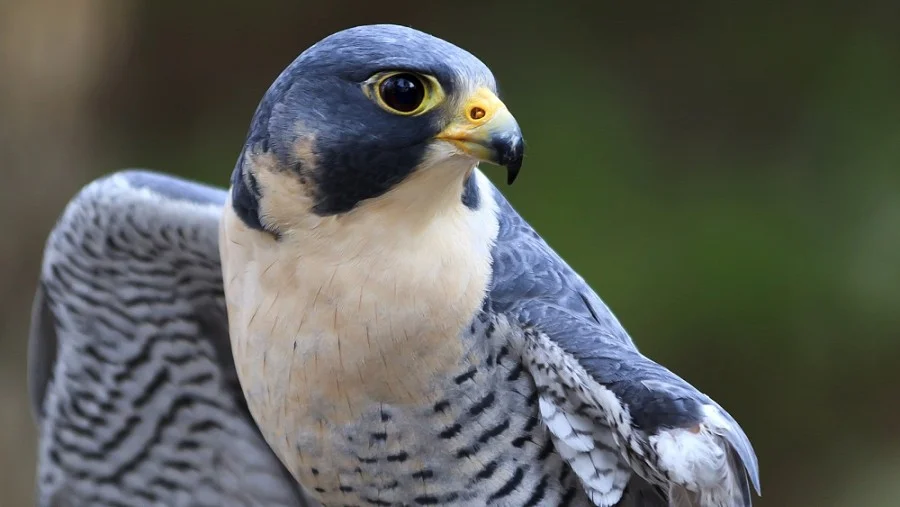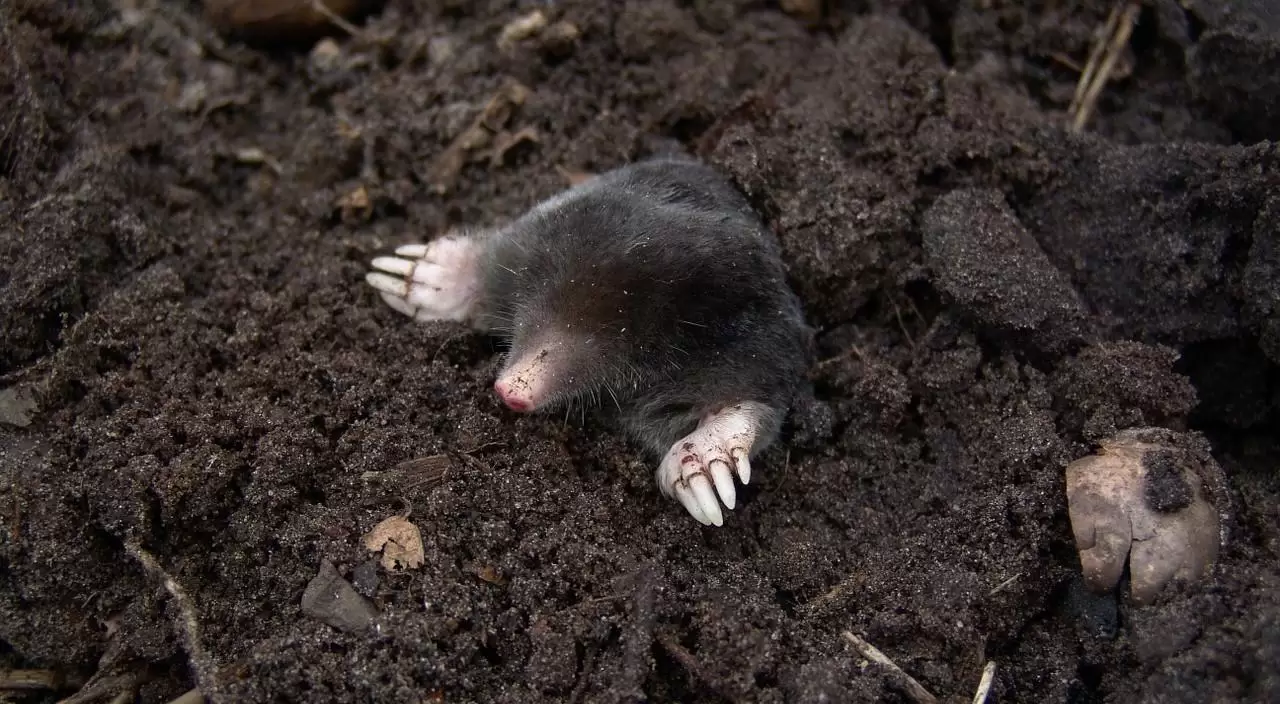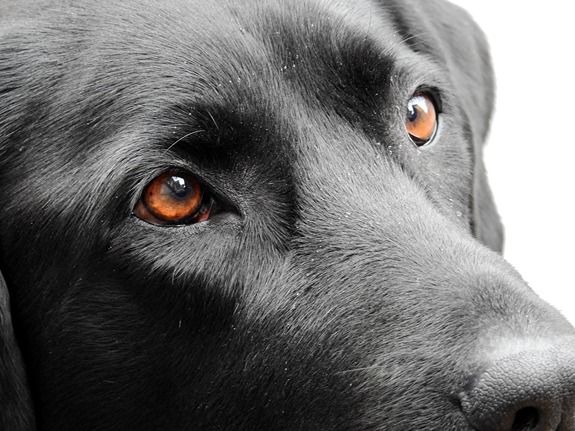Exploring Animals and their vision
When it comes to animals’ visual capabilities the vast majority outclass our own capabilities. In a world filled with vibrant colours, patterns, etc excellent vision is crucial to the survival of many species. From hunting down prey and spotting predators to navigating complex terrains, sharp eyesight is a valuable trait. Let’s look at some of the animals with the best and worst vision:
Animals with the best vision
The Peregrine Falcon - This aerial hunter soars above others when it comes to visual acuity. The falcon's eyes have a huge amount of receptors, allowing them to spot a pigeon over 8 km away. Moreover, their fovea, the part of the eye responsible for sharp, central vision, contains up to five times more cones (cells responsive to colour) than humans. This intense sensitivity enables Peregrine Falcons to hone in on their prey with deadly precision.

The Mantis Shrimp - A small marine creature that boasts one of the most complex visual systems known to science. These creatures possess 16 types of photoreceptor cells for colour analysis, compared to a mere three in humans. They can perceive ultraviolet light, detect polarised light and see multispectral images. Their eyes are divided into three parts, each providing different types of information about the surrounding environment.
The Owl - Known for its silent flight and hunting prowess, coupled with exceptional vision. Owls have a high number of rod cells (photoreceptor cells responsive to low light), allowing them to see clearly even in almost total darkness. Additionally, the tubular shape of their eyes, plus the large cornea and lens helps to gather more light. Their ability to rotate their heads up to 270 degrees compensates for the lack of eye movement due to the tubular eye shape.
The Chameleon - These lizards possess one of the most distinctive sets of eyes in the animal kingdom. Their eyes can swivel independently, providing a full 360-degree arc of vision. This ability, coupled with a high concentration of cells in their fovea, allows the Chameleon to spot small insects accurately, even at considerable distances.
The Dragonfly - Made up of up to 30,000 tiny lenses, or ommatidia, each eye provides the Dragonfly with a nearly panoramic view of its surroundings. Their motion detection is unparalleled, and crucial when it comes to their survival and feeding.
Animals with the worst vision

The humble and industrious Mole. Living predominantly beneath the surface, these creatures have incredibly poor eyesight, with their tiny eyes being mostly covered by fur and skin. Their world is dark and blurry, but this is where their other senses come to life. Moles have an acute sense of touch and hearing that helps them detect vibrations in the soil, find their prey, and avoid potential predators.
The Blind Cavefish. As their name suggests, these fish are in fact completely blind, having evolved in the no-light environment of deep underwater caves. Over generations, they have lost their eyes altogether, replacing them with layers of skin and fatty tissue. Instead of sight, Blind Cavefish rely heavily on their lateral line system, which are sensory organs that detect changes in water pressure, which helps them navigate their dark world.
Bats. Bats are often mistakenly thought to be blind; however, their vision is just extremely underdeveloped. Their eyes are super tiny and, while capable of perceiving light and some movement, offer a really blurred picture of their surroundings. Bats’ echolocation, on the other hand, provides a precise map of their environment, which helps them navigate and hunt in total darkness.
The Three-toed Sloth has eyesight so poor that they are virtually unable to see anything in detail. This mammal's metabolism is so slow that even its cellular processes, including those in its eyes, are sluggish. Sloths have a meagre number of cone cells, the photoreceptor cells responsible for colour perception, resulting in very poor visual acuity and colour discernment. As sloths live a slow-paced lifestyle in the tree canopies, they rely more on their sense of touch and hearing.
Penguins. The eyesight of Penguins may not be as poor as others on this list when on land; however, once they plunge underwater, their vision goes down very quickly. Penguins' eyes are optimised for seeing clearly on land, not underwater. Therefore, while they can hunt and detect predators underwater, their eyesight in these conditions is blurry compared to that of other aquatic species.
The Kiwi, a nocturnal bird native to New Zealand, is renowned for having among the poorest eyesight in the avian world. These flightless birds have small eyes that are extremely inefficient in the dark conditions (that they actually prefer). Kiwis are very near-sighted, but they have developed an outstanding sense of smell, a rarity among birds, and long, bristle-like feathers around their face to help detect obstacles.
Who Sees Best, Cats Or Dogs?
The answer is not that simple - it depends on whether it's night or day. Near or far, or even the colour of an object.
As cats are crepuscular (active at dawn and dusk), their eyes have adapted to provide excellent low-light vision. So they definitely win this one.
Cats have better near vision than dogs, this is helpful for "pouncing" on prey. They rely on their other senses such as hearing and smell, to identify prey from afar.
Cats do have some colour vision, they can see shades of blue and green however some colours such as pink and red confuse them.

Dogs definitely win on the field of vision front, they can see an impressive 240 degrees, whereas a cat has approximately 200 degrees, which is better than us humans, who have approximately 180 degrees.
Dogs have better colour vision than cats, even still, it is only comparable to a human who has "red-green" colour blindness. They also have superior distance vision, being able to see hand signals from a mile away, but find it difficult to focus on close-up objects.
Summary
That’s it from the animal kingdom. We hope you have enjoyed reading the above. Even though we have included the above selection of species with extraordinary and poor vision, it is a very small selection and there are several more across the globe. Also, in terms of best and worst, we have decided to share a range of different excellent capabilities for both of these categories as each species differs so much from one to another that there is no way best and worst can truly be quantified.
Author: John Dreyer Optometrist Bsc(Hons), MCOPTOM, DipCLP
Created: 9 Jun 2023, Last modified: 7 Jan 2025

